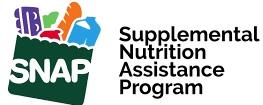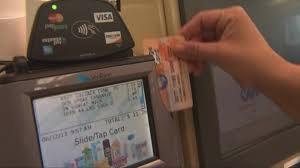 Results of a survey conducted by market research company Numerator, documented the responses of SNAP recipients for their purchases of groceries as impacted by COVID. In an article in Supermarket News on March 15th, Numerator compared SNAP and non-SNAP consumers.
Results of a survey conducted by market research company Numerator, documented the responses of SNAP recipients for their purchases of groceries as impacted by COVID. In an article in Supermarket News on March 15th, Numerator compared SNAP and non-SNAP consumers.
- SNAP recipients represent the lowest percentile in terms of purchasing power with 61 percent in the bottom 30th
- Almost half have children in the home compared to one third of non-SNAP households. SNAP recipient households are twice as likely to be African-American or Hispanic in demographic compared to non-SNAP households.
- Approximately 20 percent of SNAP households are “overwhelmed with financial burdens”. More than half are concerned about job stability compared to one third of non-SNAP recipients.
- Despite SNAP benefits, one quarter of recipients are encountering food insecurity.
- SNAP recipients experience health problems and disability at a higher rate than non-SNAP recipients.

- SNAP recipients spend disproportionately greater amounts per unit of purchase compared to non-SNAP recipients. This difference may arise from SNAP recipients buying their needs from dollar stores or small groceries that predominate in inner cities. Many SNAP recipients do not have access to large supermarkets or deep discount groceries.
- Regional and ethnic grocery stores that are attracting SNAP recipients include Market Basket, Ranch Market and Wegmans.
- Due to lack of personal or inadequate public transport, SNAP recipients require delivery services. SNAP recipients use Walmart +, DoorDash and Albertsons Fresh.